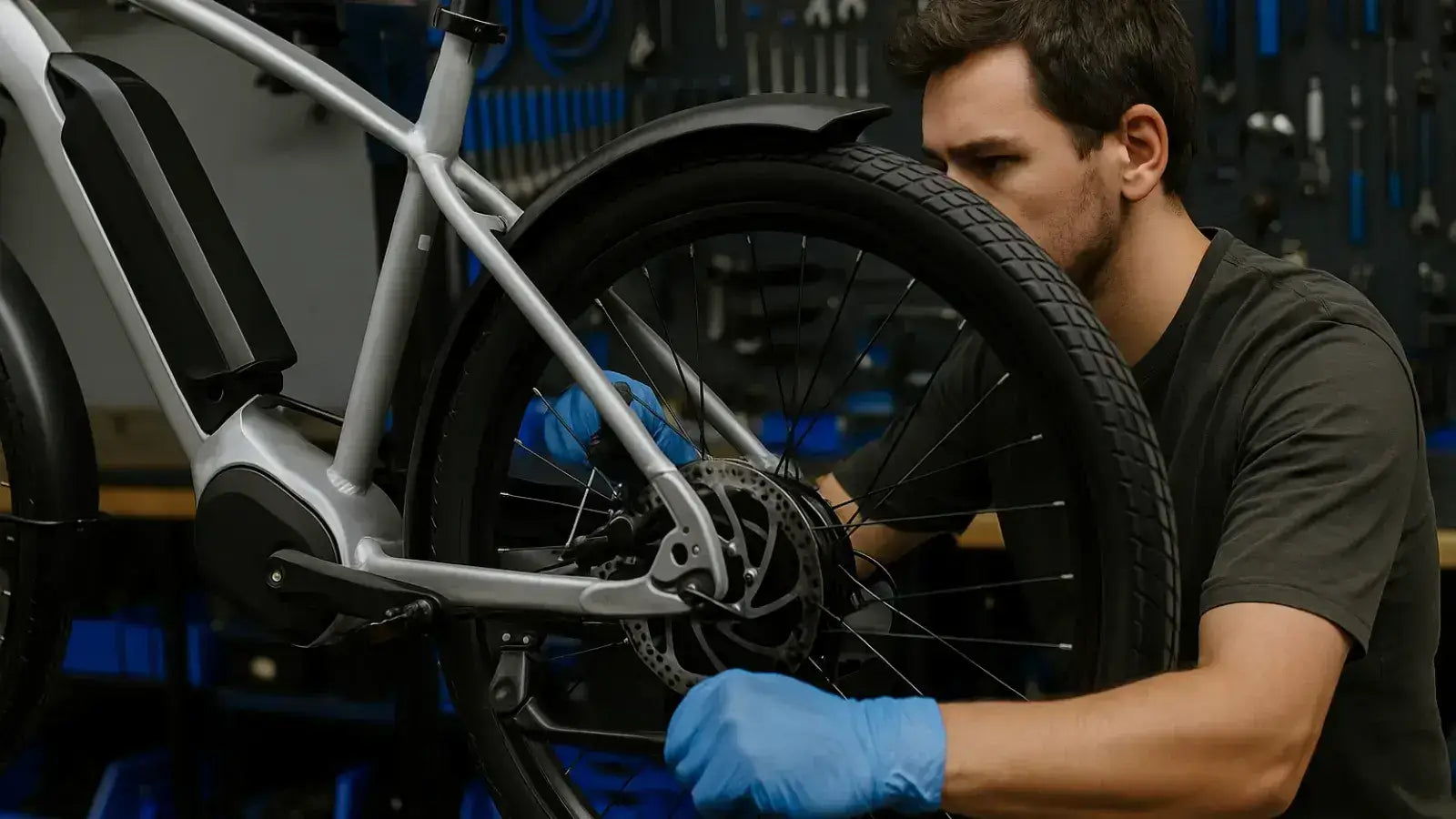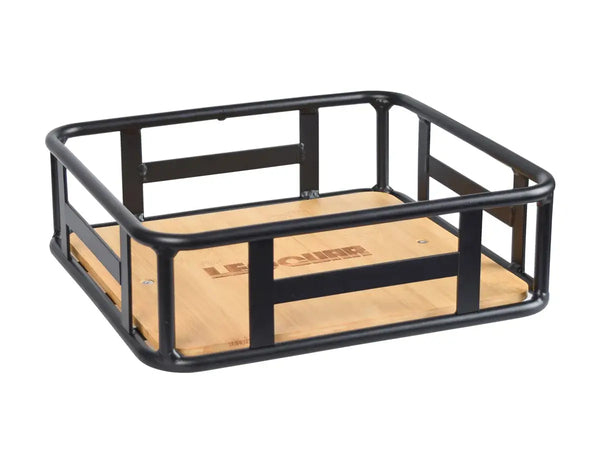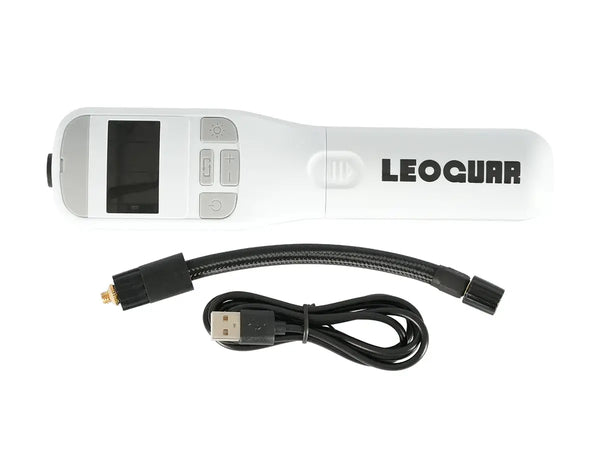
Electric Bike Repair Guide: Essential Parts & Tips
What to Do When Your E-Bike Breaks Down
When your electric bike stops working, it's more than just annoying. It messes up your ride to work, your workout, and your freedom to go places. The path forward can seem confusing.
Is this something easy to fix or a big problem? Can I do the electric bike repair myself, or do I need help from someone who knows what they're doing? This guide will be your go-to resource when these problems happen.
We will give you the knowledge to go from being frustrated to finding a solution. You'll get clear steps to figure out what's wrong and advice you can actually use. We'll show you how to identify the problem, understand the electric bike parts that might be broken, and decide whether to fix it yourself or get professional help.
A 3-Step E-Bike Check
Before you pick up any tools, doing a careful check can save you time and stop a small problem from becoming a big one. Follow these three steps to safely figure out what's wrong with your e-bike.
Step 1: Turn Everything Off
Your safety comes first. Before you look at anything, turn off the e-bike's power using the display. Then, and this step is absolutely necessary, disconnect and take out the battery. This keeps you safe from electric shock and prevents the motor from turning on by accident while you work. It also stops short circuits from happening.
Step 2: Check the Signs
Your e-bike is telling you what's wrong through different signs. Use this table to match what you see with what might be causing it. This helps you focus your electric bike repair efforts in the right direction.
| What You Notice | What Might Be Wrong |
|---|---|
| No power at all; screen is blank | Electrical / Battery / Connections |
| Motor stops working on and off | Electrical / Sensor / Controller |
| Grinding or clicking sounds | Mechanical / Chain parts / Motor insides |
| Brakes feel soft or don't work well | Mechanical / Brake System |
| Screen shows an error message | Electrical / Controller / Display / Sensor |
| Power feels weak or slow | Battery / Motor / Tire Pressure |
Step 3: Is It Electrical or Mechanical?
Once you know what symptoms you have, figure out if the problem is electrical or mechanical. Electrical problems usually mean something stops working completely: the bike won't turn on, the motor doesn't help you pedal, or the screen shows an error. These problems come from the battery, controller, motor, sensors, or wires.
Mechanical problems are things you can often hear, feel, or see. You might hear grinding or squealing sounds, feel spongy brakes or gears that skip, or see a flat tire. These involve the brakes, chain parts, wheels, and frame.
Some problems mix both types, like a broken brake sensor that stops the motor from working. For more detailed routine checks, you can look at a comprehensive e-bike maintenance guide.
Should You Fix It Yourself or Call for Help?
Now for the important question: should you fix it yourself or get professional help? This choice depends on how hard the repair is, what tools you need, and how comfortable you are with fixing things. Our three-level system will help you decide what to do.
Easy Fixes You Can Do at Home
These jobs are doable for most people with basic tools and some patience. They're great for building confidence and saving money on simple electric bike repair tasks.
| What to Fix | How Long It Takes | Tools You Need | Skill Level |
|---|---|---|---|
| Fix a flat tire | 30-60 minutes | Tire tools, patch kit, pump | Beginner |
| Clean and oil the chain | 20 minutes | Cleaner, brushes, chain oil | Beginner |
| Adjust hand brakes | 15 minutes | Allen wrenches, screwdrivers | Beginner |
| Tighten loose bolts | 10 minutes | Allen wrenches, torque wrench | Beginner |
| Replace worn brake pads | 20-30 minutes | Allen wrenches, pliers | Beginner |
Be Careful Zone
These repairs are for people who are good with tools and understand how bike parts work together. They need more specific tools and better knowledge of how components connect. Making mistakes here can cause poor performance or mean you'll need to visit a professional anyway.
Replacing a chain or rear gears requires special chain tools and gear removal tools. Adjusting the gear shifter takes patience and understanding of limit screws and cable tension. Fixing sensor alignment is common - a crooked sensor often just needs a small 5mm adjustment, but you need to find the sensor and magnet first. Replacing brake or shifter cables means running new cables through the bike and setting the right tension.
Call a Professional Zone
For these problems, you risk making things worse or creating safety issues. They need special knowledge and expensive tools that most people don't have.
Internal motor problems mean any grinding or seizing sounds from inside the motor need expert attention. Battery problems or cell replacement are dangerous because lithium batteries can be hazardous if handled wrong. Hydraulic brake bleeding requires specific tools and fluid, and mistakes can cause complete brake failure. Complex wiring or controller problems need someone with electrical testing tools and wiring diagrams. Frame damage like cracks or deep dents need professional safety checks.
Professional electrical diagnosis typically costs $75-$150, while major parts like motor replacement can cost $500 or more. Getting the right diagnosis first is crucial.
Understanding Your E-Bike's Main Parts
Knowing the core electric bike parts helps you figure out problems and shop for replacements smartly. Here's what makes your e-bike work.
The Main Electrical System
This is what makes your e-bike different from a regular bike. The battery is like your fuel tank and usually lasts 500-1000 charge cycles. Signs it's wearing out include shorter range and not holding a full charge. The motor is your engine. Hub motors sit in the wheel, while mid-drive motors are at the pedals. Common problems are sensor faults or internal gear problems that cause grinding sounds.
The controller is the brain that takes signals from sensors and tells the motor how much power to give. A broken controller often means a completely dead bike or wild, uncontrollable power. The display and sensors are your command center - the display is your dashboard, and sensors tell the controller what you and the bike are doing.
Parts That Wear Out
These parts are similar to regular bikes but wear out faster on e-bikes because of extra weight, speed, and motor power. Brakes are your most important safety feature, and e-bikes need more from their brakes, so expect to replace pads more often. The drivetrain includes the chain, rear gears, and front gear - the motor puts huge strain on these parts.
The Problem with Special Parts
Here's a major challenge in electric bike repair. While big system brands like Bosch, Shimano, and Bafang have parts available, many direct-to-consumer e-bikes use special components that only work with that brand. This means the battery, controller, and display may have unique connectors that don't work with other brands.
Before buying a replacement part, always check the connector type and power specifications against your original part. Take a clear photo of the part's labels and connectors to compare with online listings. Small differences can make a part completely useless.
Your Home Repair Toolkit
Ready to fix things yourself? Here are step-by-step guides for three of the most common repairs you can do at home.
How to Fix a Flat Tire
A flat tire will happen eventually, but it's easy to fix. The main difference on an e-bike is dealing with a possible hub motor.
First, turn off power and remove the battery. If you have rim brakes, release the tension - disc brakes can stay as they are. If the flat is on a wheel with a hub motor, find the motor cable connector and carefully disconnect it, noting how it's attached.
Remove the wheel by loosening the axle nuts and taking the wheel off. Use tire tools to pry one side of the tire off the rim, working your way around. Pull out the old inner tube and put in a new one, slightly inflating it first and inserting the valve stem into the rim.
Use your thumbs to work the tire back onto the rim - the last section will be tough. Inflate the tire to the recommended pressure shown on the tire sidewall. Put the wheel back on, tighten the nuts, and reconnect the motor cable if you disconnected it.

How to Clean Your Chain System
A clean chain system runs quietly, works efficiently, and lasts longer. Put the bike in a stand or lean it securely, then shift to a middle gear. Apply bike-specific cleaner to the chain and gears. Use a stiff brush to scrub away dirt and grime. Wipe the chain clean with a rag, getting between each gear cog.
If you used a lot of cleaner, rinse lightly with water and dry everything thoroughly. Slowly turn the pedals backward while applying one drop of chain oil to each chain link, let it sit for a minute, then wipe off all excess oil from the outside of the chain.
How to Adjust Hand Brakes
If your brakes feel weak or the lever pulls too far, a quick adjustment can fix stopping power. First, look at your brake pads - if they look very thin (less than 1mm), replace them instead of adjusting.
For minor looseness, use the barrel adjuster where the brake cable enters the brake lever. Turn it counter-clockwise to tighten the cable and reduce lever travel. If that's not enough, loosen the cable anchor bolt on the brake caliper, pull a small amount of cable through with pliers, and re-tighten the bolt.
If the brake rubs, loosen the two main bolts holding the brake to the frame. Squeeze the brake lever firmly to center the brake, and while holding the lever, tighten the mounting bolts. Release the lever and check for rubbing.
Frequently Asked Questions
How do I know if my e-bike problem is electrical or mechanical?
Electrical problems usually involve complete loss of function - the bike won't turn on, motor provides no assist, or display shows errors. Mechanical problems are often things you can hear (grinding, squealing), feel (spongy brakes, skipping gears), or see (flat tire). Some issues can be both, like a faulty brake sensor preventing motor engagement.
What tools do I need for basic e-bike maintenance?
For basic maintenance, you'll need a set of Allen wrenches, tire levers, a bike pump, chain cleaner and lubricant, basic screwdrivers, and a patch kit. More advanced repairs might require specific tools like a chain tool, torque wrench, or cassette removal tools.
How often should I clean and maintain my e-bike?
Clean your drivetrain every 100-200 miles or when it looks dirty. Check tire pressure weekly, inspect brakes monthly, and have a professional tune-up annually. E-bikes need more frequent maintenance than regular bikes due to their extra weight and power.
Can I replace e-bike parts with regular bike parts?
Many mechanical parts like chains, brake pads, and tires can be standard bike parts, but they should be rated for e-bike use due to higher stresses. Electrical components like batteries, controllers, and displays are usually brand-specific and not interchangeable between different e-bike manufacturers.
When should I definitely take my e-bike to a professional?
Always see a professional for internal motor issues, battery problems, hydraulic brake bleeding, complex electrical problems, or any frame damage. Also, if you're not comfortable with a repair or lack the proper tools, it's better to pay for professional service than risk making the problem worse.











































Leave a comment